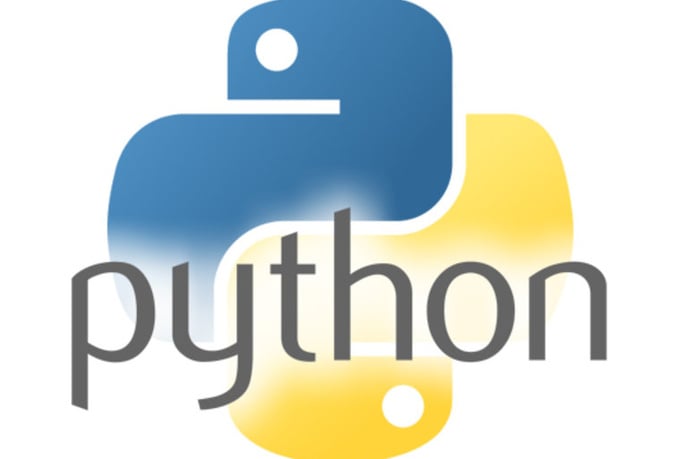Are you looking for a place to learn the basics of how to use Python from a beginner’s perspective? Do you want to get up and running with Python but don’t know where to start? If so, then this tutorial is for you. This tutorial focuses on the essentials you need to know to start programming with Python.
In this tutorial, you’ll learn:
- What Python is and why you should use it
- What basic Python syntax you should learn to start coding
- How to handle errors in Python
- How to get help quickly in Python
- What code style you should apply in your code
- Where to get extra functionalities without reinventing the wheel
- Where to find quality Python content and grow your skills
You’ll also have the opportunity to create your first Python program and run it on your computer. Finally, you’ll have a chance to evaluate your progress with a quiz that’ll give you an idea of how much you’ve learned.
Free Bonus: Click here to get our free Python Cheat Sheet that shows you the basics of Python 3, like working with data types, dictionaries, lists, and Python functions.
Why You Should Use Python

Python, named after the British comedy group Monty Python, is a high-level, interpreted, interactive, and object-oriented programming language. Its flexibility allows you to do many things, both big and small. With Python, you can write basic programs and scripts and also to create complex and large-scale enterprise solutions. Here’s a sampling of its uses:
- Building desktop applications, including GUI applications, CLI tools, and even games
- Doing mathematical and scientific analysis of data
- Building web and Internet applications
- Doing computer systems administration and automating tasks
- Performing DevOps tasks
You can find Python everywhere in the world of computer programming. For example, Python is the foundation of some of the world’s most popular websites, including Reddit, Dropbox, and YouTube, to name a few. The Python web framework Django powers both Instagram and Pinterest.
Python has a bunch of features that make it attractive as your first programming language:
- Free: Python is available free of charge, even for commercial purposes.
- Open source: Anyone can contribute to Python development.
- Accessible: People of all ages, from school children to retirees, have learned Python, and so can you.
- Versatile: Python can help you solve problems in many fields, including scripting, data science, web development, GUI development, and more.
- Powerful: You can code small scripts to automate repetitive tasks, and you can also create complex and large-scale enterprise solutions with Python.
Compared to other programming languages, Python has the following features:
- Interpreted: It’s portable and quicker to experiment with than compiled languages.
- Multiparadigm: It lets you write code in different styles, including object-oriented, imperative, and functional style.
- Dynamically typed: It checks variable types at runtime, so you don’t need to declare them explicitly.
- Strongly typed: It won’t let unsafe operations on incompatible types go unnoticed.
There’s a lot more to learn about Python. But by now, you should have a better idea of why Python is so popular and why you should consider learning to program with it.
How to Download and Install Python
Python works on Linux, Mac, Windows, and several other platforms. It comes preinstalled on macOS and on most Linux distributions. However, if you want to be up to date, then you probably need to download and install the latest version. You also have the choice of using different Python versions in different projects if you want to.
To check what Python version has been installed globally in your operating system, open the terminal or command line and run the following command:
$ python3 -V
This command prints the version of your system’s default Python 3 installation. Note that you use python3 instead of python because some operating systems still include Python 2 as their default Python installation.
Installing Python From Binaries
Regardless of your operating system, you can download an appropriate version of Python from the official site. Go there and grab the appropriate 32-bit or 64-bit version for your operating system and processor.
Selecting and downloading a Python binary from the language’s official site is often a good choice. However, there are some OS-specific alternatives:
- macOS: You have the option of installing Python from Homebrew.
- Linux: You can install several Python versions using your distribution’s package manager.
- Windows: You can install Python from the Microsoft Store.
You can also use the Anaconda distribution to install Python along with a rich set of packages and libraries, or you can use Miniconda if you want to install only the packages you need.
Read the full article at https://realpython.com/python-first-steps/ »
[ Improve Your Python With 🐍 Python Tricks 💌 – Get a short & sweet Python Trick delivered to your inbox every couple of days. >> Click here to learn more and see examples ]
from Real Python
read more
No comments:
Post a Comment